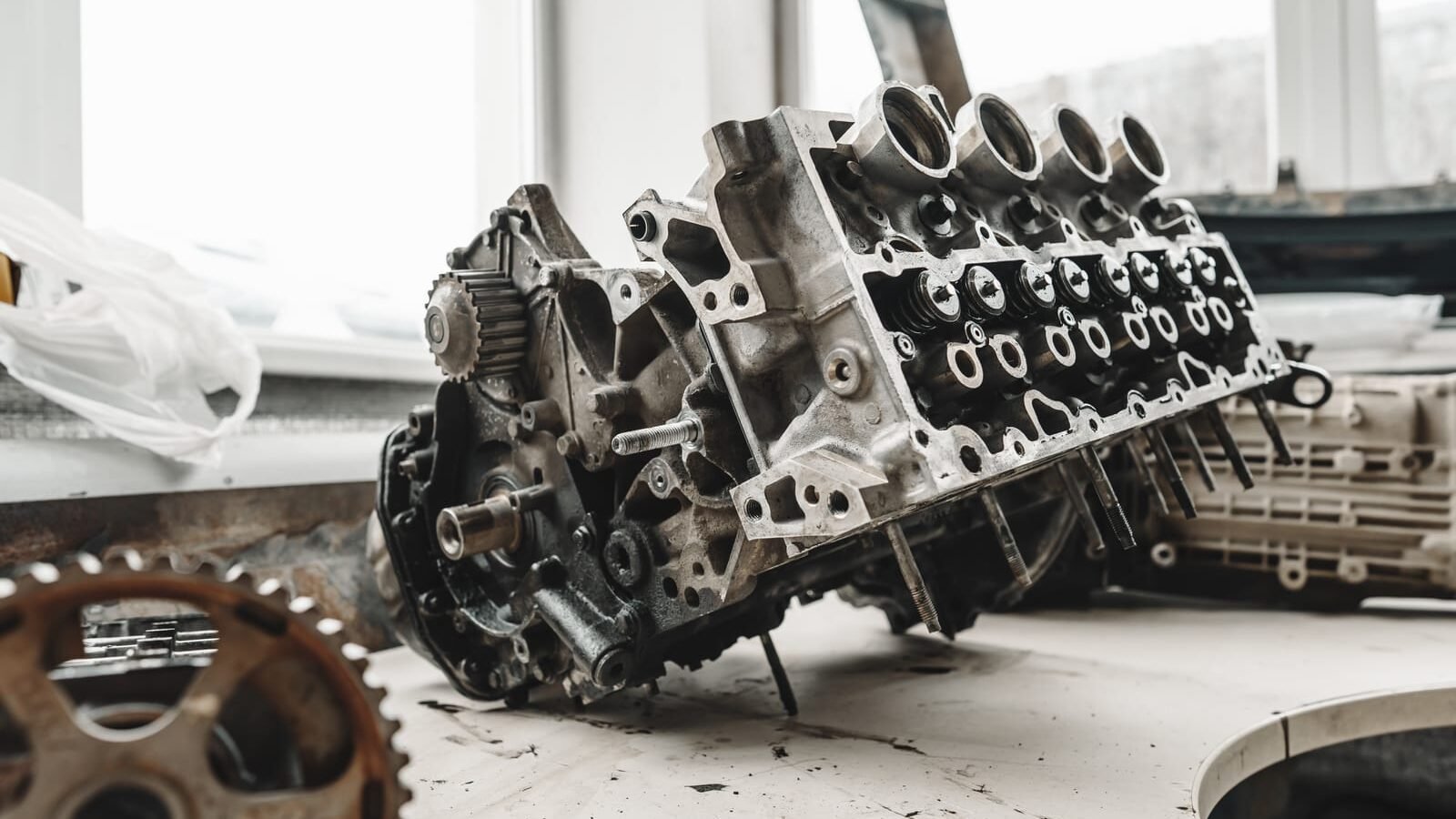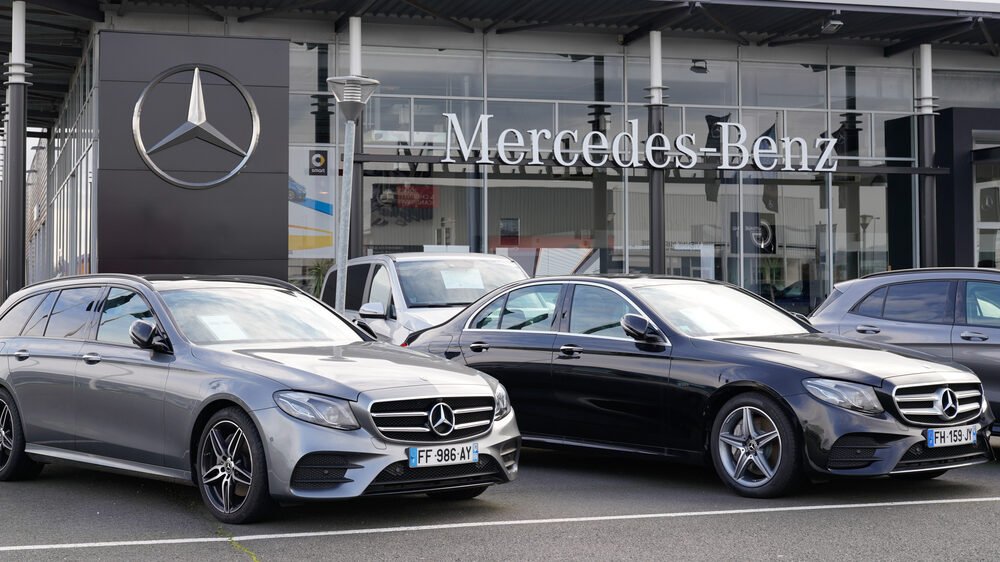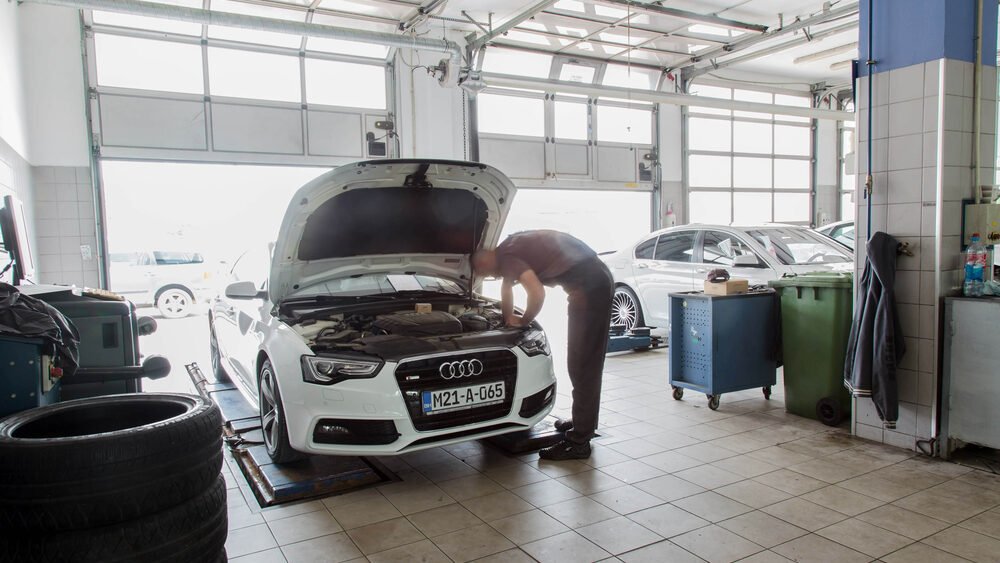For years now, car enthusiasts and regular drivers have been going back and forth over which country is the champ when it comes to reliable cars: Germany or Japan. German brands like BMW, Mercedes-Benz, and Audi are famous for their cutting-edge engineering, luxury interiors, and exciting performance.
On the other hand, you’ve got Japanese names like Toyota, Honda, and Nissan that are praised for their long-lasting powertrains, cost-effective maintenance and easy-to-manage upkeep. This post takes a look at both sides of the debate—busting some myths and laying out real facts—so we know which brand really stands out in keeping your ride reliable for the long haul.
Historical Backdrop: Prestige vs. Consistency
German Excellence and Heritage
Mercedes-Benz produced what many consider the first true automobile in 1886, and Germany has maintained a reputation for high-quality engineering ever since. Brands like BMW and Audi represent precision and performance, often pushing the envelope in driving dynamics. For a long time, German vehicles set the standard in luxury and innovation, turning heads with advanced safety features and refined interiors.
Japan’s Rise to Reliability Fame
Japanese automakers rose to global prominence in the 1970s when surging fuel costs and changing consumer attitudes positioned efficient, durable cars at a premium. Toyota’s Corolla and Honda’s Civic quickly grabbed market share, winning over buyers with excellent fuel economy, lower maintenance costs, and reliability that persisted across high mileage. Over time, Japanese brands cultivated an almost mythic status for building “bulletproof” cars that outlast the competition.
Manufacturing Philosophies: Where They Differ
German Focus: Engineering Prowess and Performance
Germany’s automotive industry is grounded in a desire for precision and performance. Carmakers often invest heavily in research and development to introduce cutting-edge technologies—turbocharging, direct injection, and advanced infotainment systems. These innovations can sometimes introduce complex components, which potentially increase the risk of mechanical or software glitches if not perfectly refined.
Lean vs. Complex Systems
While German factories often employ lean production methods, the quest for refined performance can lead to multiple mechanical subsystems. For example, a turbocharged BMW engine may have more intricate cooling and intake setups than a naturally aspirated Toyota engine. Although these complexities can boost driving thrill and efficiency, they may also heighten the need for specialized maintenance.
Japanese Approach: Kaizen and Sustainability
Japanese automakers heavily emphasize Kaizen—the art of continuous improvement in design and manufacturing. This philosophy yields incremental refinements to existing powertrains, prioritizing simplicity, proven reliability, and minimal risk. Companies like Honda are renowned for reusing core engine architectures across multiple generations, making each iteration more reliable. As a result, many Japanese vehicles exhibit fewer mechanical surprises over a ten-year ownership period.

Reliability Data: What the Numbers Say
Below is a comparison table summarizing recent data from Consumer Reports and J.D. Power for popular German and Japanese models. Maintenance costs are estimated using aggregated data from YourMechanic and brand-specific service schedules.
| Model | Origin | CR Reliability Score (2023) | Est. Annual Maintenance Cost | Notable Factors |
|---|---|---|---|---|
| BMW 3-Series | Germany | 1/5 | $800–$1,000 | Excellent driving dynamics, complex turbos |
| Mercedes-Benz C-Class | Germany | 2/5 | $900–$1,200 | Luxurious cabin, premium features |
| Audi A4 | Germany | 3/5 | $700–$900 | Upscale tech, quattro AWD performance |
| Toyota Camry | Japan | 5/5 | $400–$480 | Proven reliability, high resale value |
| Honda Accord | Japan | 4/5 | $450–$500 | Balanced performance, strong engine |
| Mazda6 | Japan | 4/5 | $400–$500 | Sporty handling, simpler powertrains |
Key Observations
- Japanese models (Toyota Camry, Honda Accord) generally hold higher reliability scores and lower maintenance expenses.
- German luxury sedans (BMW 3-Series, Mercedes C-Class) offer unparalleled performance and interior quality but can demand pricey upkeep.
- Some Audi models show moderate improvements in reliability; however, turbocharged setups remain more maintenance-intensive than many Japanese powertrains.
Ownership Costs and Maintenance Realities
Parts Availability and Mechanic Expertise
- German Cars: Often require specialized parts that can be costly and may need to be ordered from Europe. Not all local mechanics are familiar with the complex engineering, leading to higher labor fees.
- Japanese Cars: Benefit from a global network of parts suppliers and widespread mechanic training, resulting in quicker repairs and more stable service costs.
Electronic and Software Systems
Luxury German cars usually come packed with high-tech gadgets and infotainment systems. We’re talking about everything from digital dashboards to fancy driver-assistance features. These tech upgrades make driving a lot more enjoyable but can also lead to a few more things that could go wrong. Plus, sometimes getting software updates for these upscale German rides means a trip to the dealership. On the flip side, Japanese car makers are jumping on the tech bandwagon too, but their setups often have straightforward designs and somehow they managed to make them more reliable and have less hassle with connections.
Long-Term Longevity
People chatting on places like BMW Forum and Honda-Tech show something interesting: if you take good care of a German luxury sedan, it can easily go over 200,000 miles without too many issues. The catch is that you might end up spending more on repairs overall. On the flip side, Japanese cars often hit these high mileages (and even more) without running into as many pricy problems, which really showcases the durability of Japanese engineering principles.
Real-World Stories and Case Studies
The “Million-Mile” Mercedes Taxis
Some older Mercedes-Benz diesel cars, like the W123 and W124 E-Class models, are famous for hitting crazy high mileages. You’ll often see these running as taxis in places like Europe and Africa. They really show off the magic of German engineering where simple diesel engines and solid build quality come together. But these days, modern Mercedes-Benz cars are a bit more complicated with turbochargers and electronic systems that can need a bit more care and demand higher upkeep.
Honda’s Legendary VTEC Engines
On the Japanese front, there are plenty of stories about Honda Civics and Accords racking up over 300,000 miles without needing big repairs on the powertrain. Honda’s knack for tweaking the same engine design year after year tends to lead to fewer unexpected breakdowns. Plus, their VTEC tech is often seen as both durable and high-performing.
Toyota vs. BMW Collaboration
Interestingly, Toyota and BMW teamed up on the new Supra (based heavily on BMW’s Z4 platform). Early feedback suggests the Supra has picked up some of BMW’s sporty handling, plus Toyota’s strict testing processes. This partnership shows that some great engineering can come from working together, but we’ll have to keep an eye on the long-term reliability stats.
Warranty Coverage and Resale Value
Warranty Comparison
- German Premium Warranties: Typically 4-year/50,000-mile coverage on new luxury models. Extended warranties are available at a premium cost.
- Japanese Standard Warranties: Often 3-year/36,000-mile basic warranties with 5-year/60,000-mile powertrain coverage, but owners frequently report fewer major failures even after warranty expiration.
Depreciation and Resale
Luxury German cars tend to lose value quicker than Japanese ones that are about the same age. For example a 3-year-old BMW 5-Series usually costs much less than half of what it originally sold for. On the flip side, a Toyota Camry or Honda CR-V keeps more of its value over those three years. This difference partly shows how much people trust Japanese cars to be reliable in the long run.

Pros and Cons: German vs. Japanese
German Automakers
Pros
- Outstanding driving dynamics, handling, and performance
- Luxurious interiors and cutting-edge features
- Heritage of engineering excellence
Cons
- Complex mechanical and electronic systems can be expensive to maintain
- Rapid depreciation, especially beyond initial warranty coverage
- Specialized repairs may require dealership-only service
Japanese Automakers
Pros
- Generally higher reliability ratings and lower maintenance costs
- Strong resale value due to broad consumer trust
- Simplified powertrains and electronics, reducing long-term failure risks
Cons
- Conservative design approach can be less exciting for performance enthusiasts
- Shorter warranty periods (though often not as critical due to fewer mechanical failures)
- Fewer high-end luxury or performance options at the same level of prestige

The Verdict: Debunking the Myths
The statement “German cars are unreliable” or “Japanese cars have zero performance edge” oversimplifies a complex comparison. When you peel back the layers:
- Engineering Complexity vs. Robust Simplicity: German engineering can produce thrilling vehicles but also introduces layers of complexity that increase maintenance demands.
- Cultural Approaches to Design: Japan’s Kaizen method fosters incremental reliability gains, while Germany’s pursuit of premier driving experiences sometimes means more advanced (and potentially delicate) systems.
- Real-World Data: Both regions have produced incredibly reliable vehicles. Vintage Mercedes diesels and modern Toyota hybrids alike can exceed 300,000 miles. It’s the nuance of maintenance costs and frequency of repairs that typically favors Japanese brands.
Ultimately, “reliability” hinges on multiple factors—owner maintenance habits, driving conditions, and the specific model’s engineering. German cars can be highly reliable if you’re prepared for higher service expenses, while Japanese cars generally offer a safer, more predictable bet with fewer expensive surprises.
Key Takeaways
- Innovation vs. Longevity: German automakers excel in advanced features and performance but often incur higher repair and maintenance bills.
- Consumer Trust: Japanese brands remain the go-to for cost-conscious drivers seeking long-term dependability.
- Depreciation: German luxury vehicles depreciate faster, whereas Japanese cars maintain higher resale values.
- Maintenance Strategy: Owners who prioritize regular, proactive service can make either choice last for hundreds of thousands of miles.
If you’re all about that thrill of engineering and cutting-edge tech, then a German car could be worth the extra bucks when it comes to upkeep. But if saving money on gas and having a car that lasts without issues is what you care about, you’ll probably want to stick with Japanese brands.
If you liked this post, you might want to check out our article called “Japanese vs. Korean Cars: Which One Is The Most Reliable?” There’s lots more on our site with in-depth car reviews, handy buying tips, and the latest news in the industry. You’ll find plenty of info—so feel free to explore, and remember to save our home page to your bookmarks for updates later on!
*Disclaimer: This website provides automotive content for informational purposes only and should not be considered professional advice. While we strive for accuracy, we do not guarantee the reliability or suitability of any vehicle or product mentioned—always conduct your own research before making purchasing decisions. Additionally, some links on this site are affiliate links, meaning we may earn a commission if you make a purchase, at no extra cost to you.

